Introduction to IRA SEPP Distributions
Some premature distributions from IRAs may not be subject to a 10 percent penalty. Find out how a 72(t) or SEPP distributions may be exempt.
Premature distributions from IRAs taken prior to age 59 ½ are generally subject to a 10 percent penalty. The purpose of this penalty is to prevent people with insufficient savings from retiring too early, spending their nest egg, and then needing to rely on government assistance for the remainder of their retirement. Certain premature SEPP distributions from IRAs are exempt from the distribution penalty.
Exemptions from the penalty include:
- The death of the IRA holder
- The disability of the IRA holder
- To pay for qualified medical expenses
- To purchase health insurance for certain unemployed individuals
- To pay for certain first-time home purchase expenses
- To pay for certain education expenses of qualified individuals
- To pay for an IRS levy
- For qualified birth or adoption
Section 72(t) of the Internal Revenue Code (IRC) provides another exception to this rule. IRA holders younger than age 591/2 may take a series of substantially equal periodic payments (SEPPs)—also known as 72(t) distributions—over the course of their life expectancy or over the combined life expectancy with their beneficiary (usually a spouse).
What is a Substantially Equal Period Payment (SEPP)?
The Substantially Equal Periodic Payment (SEPP) program, also called 72(t) distributions, allows you to withdraw money from your IRA before the age of 59 ½ without paying a 10% early withdrawal penalty. You can start receiving payments immediately to supplement your income or cover unexpected expenses.
To qualify for a SEPP, you must make withdrawals in the form of substantially equal periodic payments (SEPPs), they must be calculated using one of the three calculation methods, they must occur annually, and they must continue unchanged for at least five years, or until you reach age 59 ½, whichever is later. This five-year rule is waived upon death or disability and payments can be modified only in the case of death, disability, or a permissible one-time change to the calculation method (more on this below). Additionally, the 10 percent early distribution penalty plus interest will be retroactive to the first year of distribution.
Risks Associated With SEPPs
There are several risks associated with using a SEPP. You may have to pay income taxes on your withdrawals, even if you’re still under age 59 ½. You may also have to pay a 10% early withdrawal penalty if you don’t follow the SEPP rules. Setting up a SEPP may also run the risk of emptying your retirement savings account sooner than you had planned.
Payments can also be invalidated through:
- Any addition to the account balance other than gains or losses
- Any nontaxable transfer of a portion of the account balance to another retirement plan
- A rollover by the taxpayer of the amount received, resulting in such amount not being taxable
Calculating SEPP Distributions
For Distributions to qualify as a SEPP, it must occur annually and must be calculated using one of three calculation methods. These include the required minimum distribution (RMD) method, the amortization method, or the annuity method.
As mentioned previously, IRA holders can make a one-time switch from the annuity or amortization methods to the more conservative RMD method if they wish to receive smaller distributions. They cannot, however, change the calculation method to receive a larger distribution.
Each distribution method is based on one of the life expectancy tables in IRS Publication 590:
- The Joint Life Table is used to calculate the payments for elderly clients whose spouses are more than 10 years younger than the IRA holder and the sole primary beneficiary.
- The Single Life Table is used to calculate the payments for an inherited IRA.
- The Uniform Life Table is used to calculate the payments for unmarried clients, married clients with a non-spouse beneficiary, or married clients whose spouse beneficiary is not more than 10 years younger.
The RMD method. Payment is determined according to the rules for calculating RMDs under IRC Section 401(a)(9). Each year, the payment is determined by dividing the account balance by the number from the appropriate life expectancy table for that year. Generally, payments may be based on either the joint life expectancy of the IRA holder and a designated beneficiary, the IRA holder’s single life expectancy, or the IRA holder’s life expectancy based on the Uniform Lifetime Table.
The amortization method. Payments are determined by amortizing the IRA balance over either the joint life expectancy of the IRA holder and a designated beneficiary or over the IRA holder’s single life expectancy. A reasonable interest rate, decided on before the withdrawals begin, must be used. The withdrawal amount remains the same year-to-year, and it will generally be larger than the amount provided through the RMD method.
The annuity method. This method is similar to the amortization method, but instead of using a life expectancy table to determine the payment over the IRA holder’s single or joint life expectancy, it uses an annuity factor derived from the UP-1984 Mortality Table. This method results in the highest payment.
Claiming Exemption from the 10 Percent Early Distribution Penalty
If you receive an early distribution from your plan that is coded as a 2, 3, or 4 on IRS Form 1099-R, you will not be subject to an early distribution penalty. If, however, you receive a distribution that is coded as a 1, and you are eligible to claim one of the exceptions to the 10 percent penalty, file IRS Form 5329 with your tax return to claim your exemption.
If you’re considering a SEPP, it’s important to talk to a financial advisor to make sure it’s the right option for you. SEPPs can be a good way to access your retirement savings early, but they can also have tax implications. A financial advisor can help you understand the pros and cons of SEPPs and develop a plan that meets your individual needs.
Commonwealth Financial Network® does not provide tax or legal advice. You should consult a tax or legal professional regarding your individual situation.
© 2025 Commonwealth Financial Network®
Latest News
How much does college really cost?
April 2, 2025
How Much Does Your Bracket Pick Really Cost? We hope you're just as excited as we were for this year’s March Madness Tournament and finally getting down to F...
READ MORE...Big News for Retirees: Social Security Fairness Act Repeals WEP and GPO
March 27, 2025
If you or your spouse have worked in both the public and private sectors—or if you’re currently drawing a government pension—there’s important news that...
READ MORE...Managing Taxes on Your Investments
February 19, 2025
Presented by Scott Portlock CFP®, CLU® When it comes to your money, it’s not what you earn, it’s what you keep. Here are some ideas that may help le...
READ MORE...Loading...






